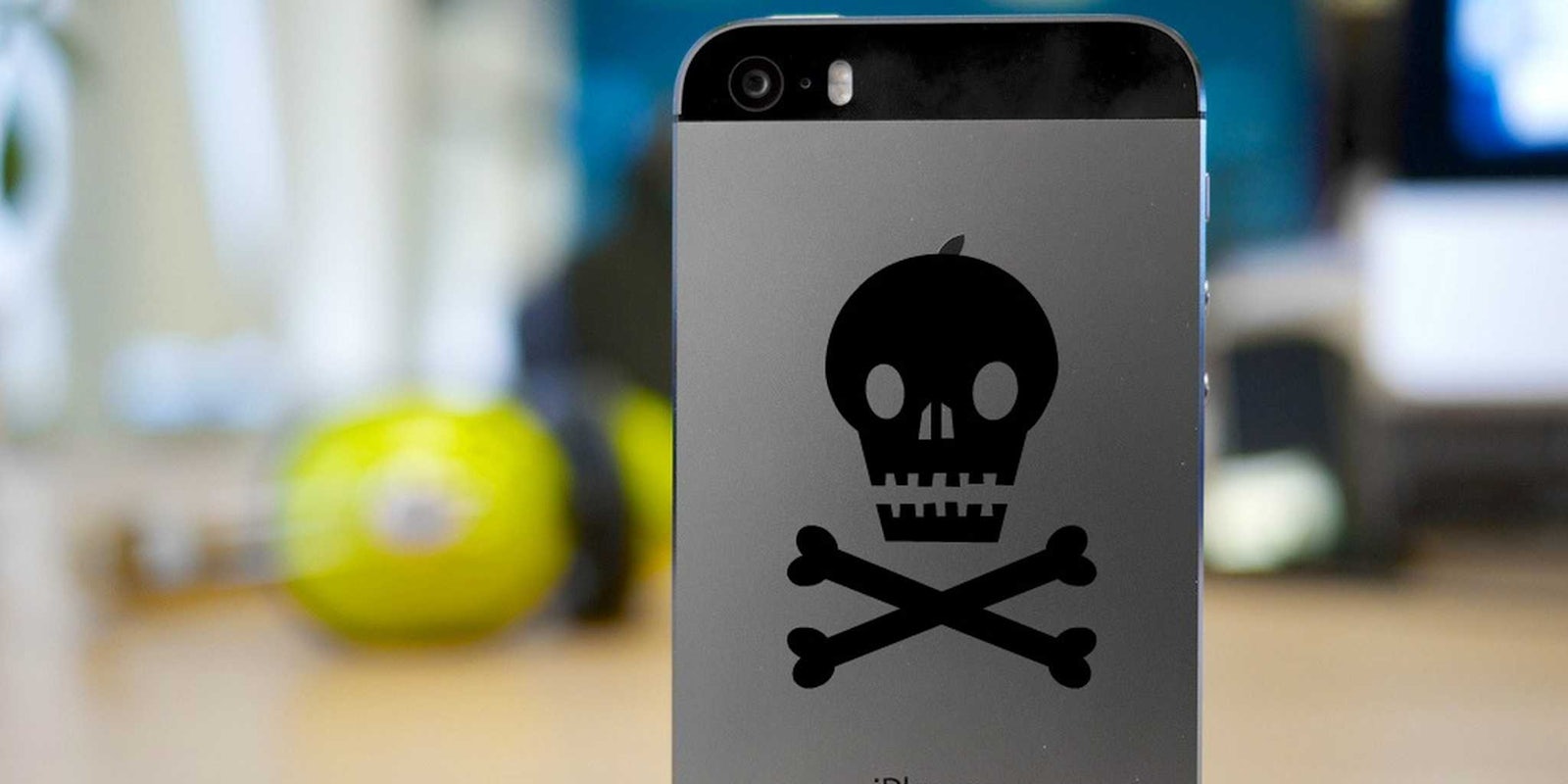Researchers were recently able to create an app that accurately measures radiation exposure using a smartphone’s built-in camera, which is sensitive to gamma rays. This means that you can use your smartphone to see if you’re in danger… but what if your smartphone is the thing putting you in danger?
Last year, over 967 million smartphones were sold to customers around the globe. With a worldwide market that is approaching 1 billion sales per year, you might think the devices being peddled to all of us are assuredly safe. But you’d be wrong: The government organizations in charge of policing smartphones advertise them as “possibly carcinogenic.” They tell us to use “caution. When it comes to what they know about the hazards of smartphones, we get a resounding, “we don’t know for sure.”
How can science, manufacturers, and government agencies be so unsure whether our beloved phones are trying to kill us? Not surprisingly, it’s a bit complicated.
The term “radiation” as it relates to smartphones is a reference to the amount of radiofrequency energy being released by a device. For humans, the amount of radiation we’re absorbing is measured in watts per kilogram (W/kg). When a phone is tested for its radiation output, measurements are taken at various points on the human body and under several different operating conditions. These readings are called the Specific Absorption Rate (SAR), and it’s what the FCC cares most about when it comes to certifying a new phone for sale.
The FCC requires a phone to have a SAR rating of no more than 1.6 W/kg. Phones vary greatly in their SAR ratings, largely because only the highest of many different measurements is used for this certification. For example, if a phone has otherwise acceptable W/kg radiation measurements, but one specific frequency and cellular band combination creeps above 1.6, the device will be rejected. Certified devices end up sporting a range of SAR ratings, from the 0.19 W/kg of the Galaxy Note (T-Mobile) to the 1.54 rating of the Motorola Droid Maxx (Verizon).
That means the Galaxy Note is safer than the Droid Maxx, right? Not so, according to the FCC, which, despite restricting the radiation readings of the phones it certifies, has absolutely no idea if radiofrequency radiation is even harmful to begin with: “While SAR values are an important tool in judging the maximum possible exposure to RF energy from a particular model of cell phone, a single SAR value does not provide sufficient information about the amount of RF exposure under typical usage conditions to reliably compare individual cell phone models,” the FCC states on its website.
The Centers for Disease Control and Prevention (CDC) adds another layer of confusion to the matter, stating that “there is no scientific evidence that provides a definite answer” to the regarding whether cell phones can cause cancer. But despite the lack of evidence, the CDC hedges its position, admitting on its website that “someday cell phones may be found to cause health problems we are not aware of at this time.” Well that’s not very reassuring, now is it?
All of this confusion seems to lead back to scientific studies that refuse to either condemn or exonerate cell phones as a serious risk. Where one study draws a correlation between mobile phone use and tumors, another suggests there’s no need to worry.
Nothing about the research points to a simple yes or no answer, thanks in large part to the fact that cell phones are still relatively new. The long-term effects of that iPhone in your pocket are a huge mystery to everyone. Simply put, we could be carrying around devices that will one day be our demise, and we just don’t know it yet.
There’s even new evidence that suggests mobile devices might be harmful in a way that has nothing to do with cancer: A recent review of 10 different studies suggests that the radiation from mobile gadgets could be affecting sperm in men, making them slower and making men less fertile in the process. But as usual, the results aren’t definitive.
So should you be worried that your keep your phone within arms reach for every waking moment of the day? Both the FCC and CDC suggest using hands-free kits and headsets if you’re particularly concerned, and there’s always the option of using your gadget’s speakerphone to avoid close contact with it, but the truth is that nobody really knows for sure—and that might be the scariest answer of all.
Photo via Janitors/Flickr (CC BY 2.0); remix by Molly McHugh


